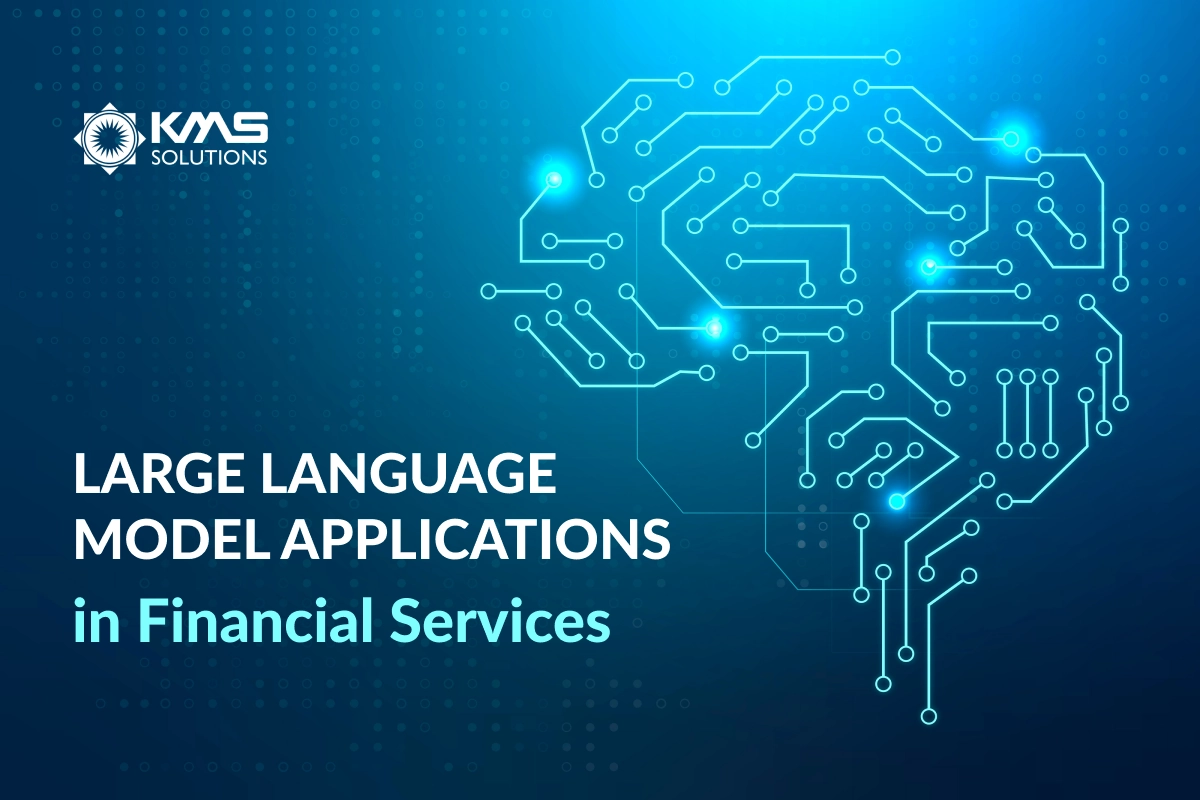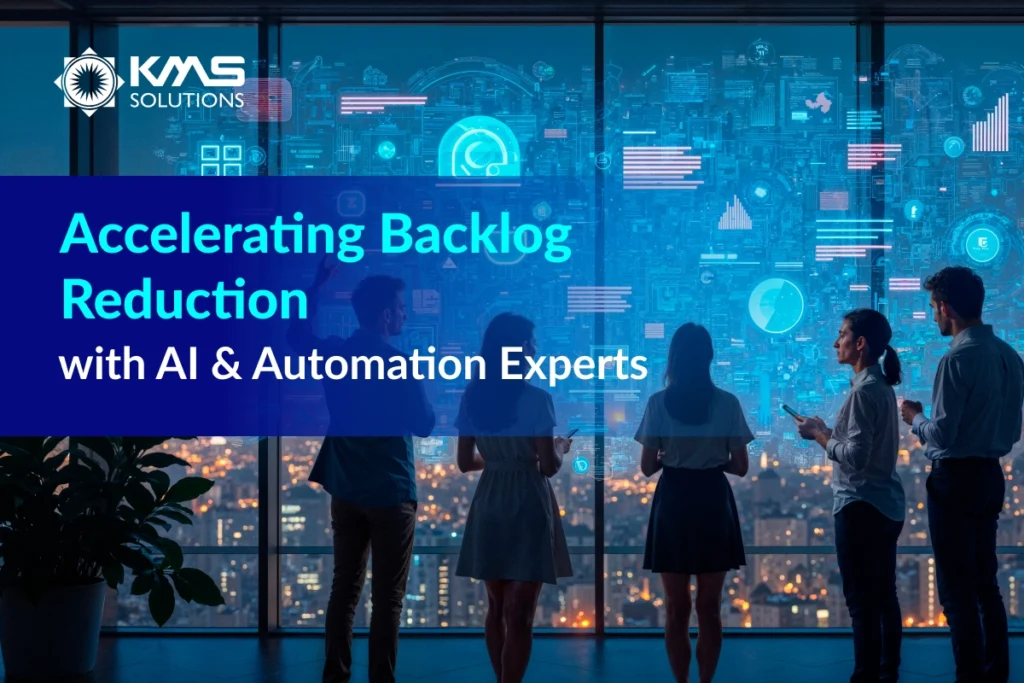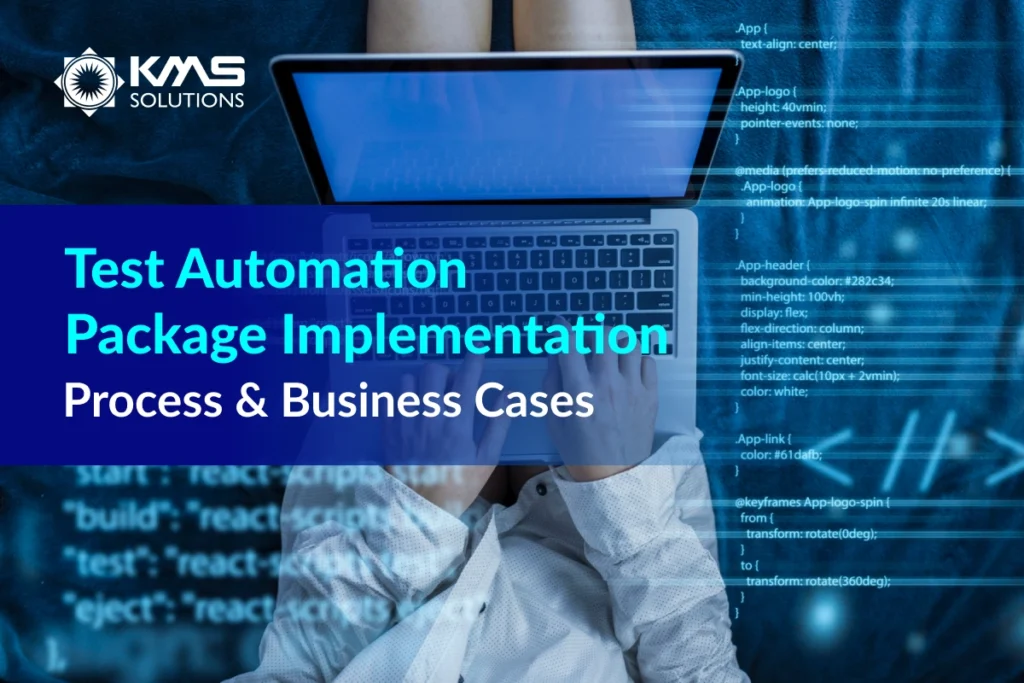The financial services industry greatly benefits from the use of Financial Large Language Model (LLM) applications, which utilize sophisticated natural language processing and machine learning (ML) methods to analyze extensive financial data, extract valuable insights, and facilitate informed decision-making. These models can aid in various areas, such as risk evaluation, fraud detection, customer support, compliance, and investment strategies. By automating repetitive tasks and delivering precise and timely information, LLM applications enhance operational efficiency, minimize human error, and improve decision-making processes. They empower financial institutions to remain competitive, adapt to evolving market conditions, and offer personalized and efficient services to their customers.
Furthermore, LLM applications are now getting traction in the industry and are no longer new. For instance, OWASP (Open Source Foundation for Application Security) just published Top 10 guidelines to ensure the security aspects of LLM applications along with its legacy versions for applications (web, mobile, desktop, etc.) out there for years.
Top Popular General LLMs
A general large language model (LLM) is a type of artificial intelligence (AI) algorithm that utilizes deep learning methods and extensive datasets. Having that said, the toolset and practices have been built and evolved, utilizing disruptive technologies of LLMs to enhance user experience. Below are the most used general LLMs:
- GPT-4 – It’s a large-scale, multimodal model that can accept image and text inputs, produce text outputs, and solve difficult problems with greater accuracy – the most advanced system from OpenAI, producing safer and more useful responses. Following the research path from GPT, GPT-2, and GPT-3, OpenAI’s deep learning approach leverages more data and more computation to create increasingly sophisticated and capable language models.
- PaLM 2 – The next-generation large language model that builds on Google’s legacy of breakthrough research in machine learning and responsible AI. It excels at advanced reasoning tasks, including code and math, classification and question answering, translation and multilingual proficiency, and natural language generation better than the previous versions, and aligning to approach to building and deploying AI responsibly.
- Llama 2 (open-source) – The next generation of Meta’s open-source large language model includes model weights and starting code for pre-trained and fine-tuned Llama language models (Llama Chat, Code Llama) – ranging from 7B, 13B to 70B parameters. It was trained on 40% more data than Llama 1 and committed to building AI responsibly.
- Falcon (open-source) – Generative large language model (LLM) that helps advance applications and use cases to future-proof our world. The offerings include the Falcon 180B, 40B, 7.5B, 1.3B parameter AI models. Falcon 180B is a super-powerful language model with 180 billion parameters, trained on 3.5 trillion tokens.
What Are Financial LLMs?
So far, LLMs are mostly used for performing natural language processing (NLP) tasks. There are various use cases leveraging LLMs for general purposes like ChatGPT.
It is getting more focus and investment in vertical markets, such as Google releasing Med-PaLM 2, a large language model designed specifically for the medical domain. And, financial services also started getting more attention for its sector.
LLMs model for financial services is expensive, and -there are not many out there and relatively scarce in the market. It’s not expected that financial organizations would open their platform due to internal regulations. At its first release, BloombergGPT is unique to the market for commercials.
- BloombergGPT is a 50-billion parameter large language model trained on a wide range of financial data by Bloomberg using a mix of its proprietary finance data and general-purpose data to address NLP tasks specific to the financial industry. It also released a research paper to detail the development of BloombergGPT. Its popular use cases are financial analysis, research, automated financial reporting, financial data processing, and financial sentiment analysis.
Moreover, there are also 2 other popular ones along with BloomberGPT:
- FinBERT is a pre-trained open-source NLP model to analyze the sentiment of the financial text. It is built by further training the BERT language model in the finance domain, using a large financial corpus and thereby fine-tuning it for financial sentiment classification. It is based on the FinBert research paper for the development.
- FinGPT is an open-source large language model for the finance sector. FinGPT takes a data-centric approach, providing researchers and practitioners with accessible and transparent resources to develop their Financial LLMs (FinLLMs). The team also published a FinGPT paper to be relied on for detailed development. FinGPT could be potentially used for Rob-advisor, financial sentiment analysis, credit scoring, fraud detection, portfolio optimization, risk management, and quantitative trading, to name a few.
LLMs Models For Financial Services Applications
There are not many options available for financial LLMs. In addition, LLMs are challenging to be able to serve a variety of use cases in the finance domain since the cost to build a complete LLMs model with accuracy is expensive. The LLM, which is trained and fine-tuned for specific purposes and business requirements is the preferred use case.
For purpose-built applications, it shall leverage the existing financial data to be integrated with the general LLMs for a mix of datasets serving the business requirements. It would simply accept various sources of financial data to be processed and combined with LLMs for application development.
Financial LLMs Applications
Financial LLMs
The application integrates with LLM providers for data consumption and API interaction (e.g. building a Chatbot by integrating with OpenAI’s GPT-4 APIs)
Combining General LLMs With External Data
There are two core components in the system that specify the general LLM model to be used and the financial data to be embedded for a mix of data sets
Models – To specify the LLMs model used and act as a core component of the architecture, taking a text string as input and returning a text string.
Retrieval-Augmented Generation (RAG) – To integrate financial data sources into the application for its business requirements, augmenting the general LLMs model with business and financial data.
The RAG approach is to process the data from loading till storing in a database in the vector data structure for ML training in an efficient and organized manner. The data retrieval will be augmented into the general LLMs model.
All data will be labeled, encoded in vector format, and stored in vector stores for query and retrieval. The application will interact with the specified LLM with the vector data embedded for a complete natural language processing task.
There are frameworks and tools for LLM applications. LangChain could be a potential candidate to quickly build LLM applications. Also, there are various embedding vector database providers compatible with LangChain, both commercial and open source, such as SingleStore, Chroma, and LanceDB, to name a few, to serve the need of building financial LLM applications.
Use Cases of LLMs in Financial Services
LLMs are expected to be implemented widely as they help elevate automation levels and enhance current processes and technology-driven solutions. Here are some use cases of LLMs in the BFSI industry:
Fraud detection: LLMs carry the potential to improve fraud detection effectively since they are particularly adept at detecting patterns (which is helpful in investigating unusual behavior) and can analyze text data comprising transaction descriptions and account names.
Risk assessment: This technology can be used to assess the risk of offering financial services to users through the comprehensive, automated analysis of their financial history, credit score, and other factors.
Providing personalized advice: Additionally, LLMs can be trained to access user objectives and risk tolerance to provide financial recommendations about investment, savings, etc. Research from the University of Florida found that ChatGPT (GPT-4) and other LLMs can predict stock price movements more precisely than the traditional method.
How KMS Solutions Can Help Financial Institutions Apply LLMs
There are many ways to use custom LLMs to boost efficiency and streamline operations in banks and financial institutions. These domain-specific AI models can have the potential to revolutionize the financial services sector, and those who have embraced LLM technology will likely gain a competitive advantage over their peers.
As not many organizations have sufficient expertise in AI and machine learning solutions, KMS Solutions’ team is well-versed in leveraging the power of LLMs to help clients revolutionize customer service and unlock new avenues of excellence in the ever-evolving financial services landscape.












